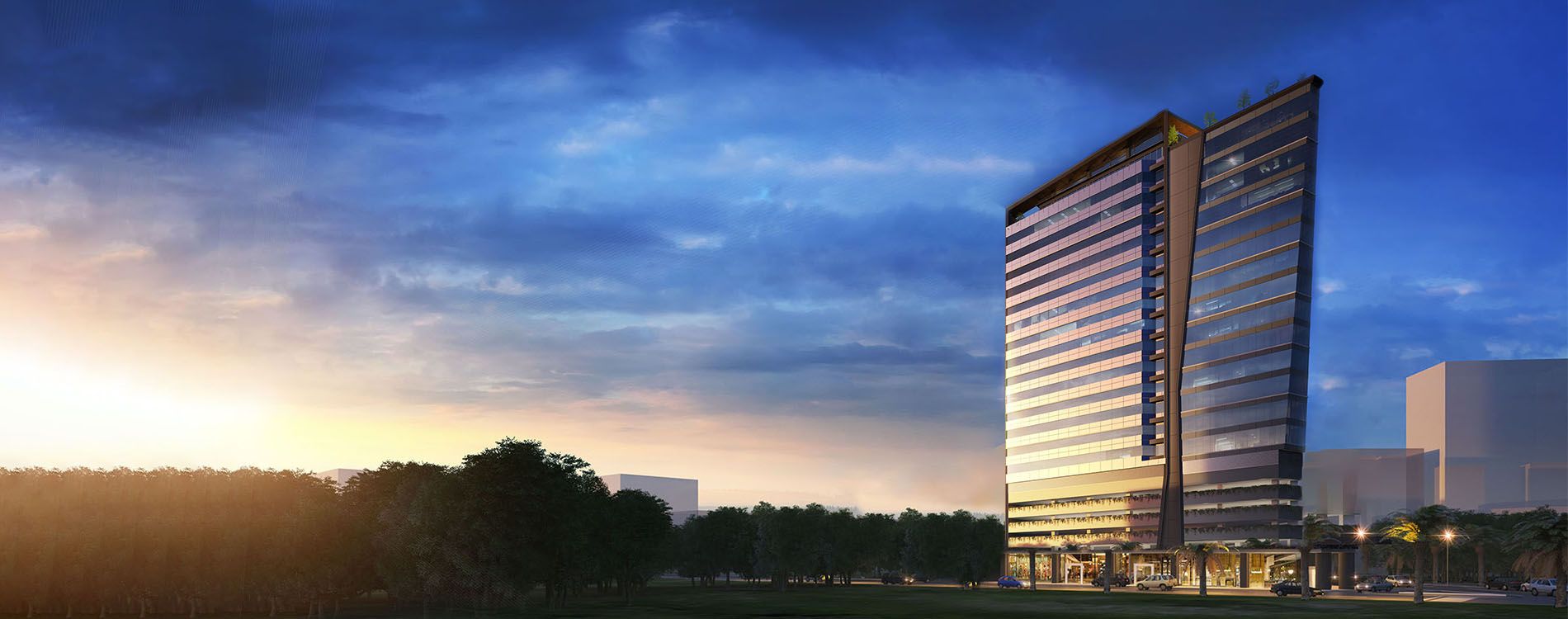Cebu, an ever-bustling city, is undeniably one of the country’s biggest centers for tourism, culture, and commerce. Known for its varying industries, each of its businesses play a big part in keeping the city’s pulse alive. But one company in particular is hoping to lead Cebu into a new generation. JEG Development Corporation, originally a holding company started in 1994 by the late Jose E. Garcia, has since evolved into a real estate development company in 2004, when the family’s younger generation took over in his passing in 2003. Now, at its helm is its Chief Operating Officer, Marko Sarmiento, a budding entrepreneur and grandson of Jose E. Garcia, who is looking, not only to grow the business to new heights, but to also lead Cebu into a more progressive future.

“My background was actually in the furniture industry, which is a big industry here in Cebu, and I was doing that for 10 years. My father’s side of the business is furniture, and mother’s side is real estate. When real estate was picking up, it was something that my family wanted to develop further. I had other family members in JEG Development that were working there, but they shifted to our main industry, which is power generation and distribution. So real estate was just plugging along, and no one was really taking the lead. That’s when I came in in 2010,” Marko tells ABS-CBN Lifestyle. “We had a few small projects when we started, but we always had this plan to develop an office building. And it was around 2017 when we decided we were going to pursue the building, and that became our first ‘big project— the JEG Tower.”

The JEG Tower is the first high-rise project of the company, set to launch late this year. Having been described as ‘the ultimate fusion of business and leisure,’ the development will mainly function as a commercial building with retail spaces in the lower floors, and office spaces on the upper levels. But what makes this building special, are its environmental and innovative components. It will be one of the few LEED certified buildings in Cebu, and will boast sustainable and practical features such as efficient energy consumption, lower water consumption, and a ‘green roof’ that collects rainwater for re-use, just to name a few. This will be a first of its kind in the city, and is something that the company hopes to be the catalyst for a more sustainable trend in Cebu.
“We realize that we came into the industry late. When we developed this building, the reason we decided to go LEED, green, and grade A, was because we had to differentiate ourselves from everybody else. But rather than just building one successful project, a lot of it had to do with making Cebu being a livable city. It’s a focus that the family has, the board has, and we feel that a LEED building puts us in the right step forward,” Marko says. “‘Smart buildings’ are something we’d want to push for.”

Coming from relatively smaller projects such as The Gallery, a strip mall in the city, and Tomodachi Residences, a premium residential townhouse development, their new commercial high-rise acts as a promising launch pad to a more progressive direction for the company. With Marko, and the rest of the team hopeful for brighter things to come, their focus stems from a more meaningful vision for their growing company.
“We want to be seen as the guys who really took time to think of developing projects not only for the bottom line, but to develop the community, and for the rest of the country to look at Cebuanos as more than just your typical developer. That we actually think of the environment, the community, and livability,” Marko stresses.

Beyond the company, Marko envisions JEG Development’s projects to contribute to the broader strokes of Cebu’s development and to help showcase the ingenuity of the Cebuanos, as well as how they can be up to par with the developments in Metro Manila, and what can also be seen from around the world.
“We want to give Cebu something to be proud of, because of something we’ve actually developed in Cebu that could hopefully be a microcosm of what else we’d be doing in the future. A township is something that we’d one day like to develop, where we’d have parks, maybe in a smaller scale, but a little community where we could have nice commercial buildings and walkable spaces. In other countries, you can see that it’s nice to walk in the city, and unfortunately, Cebu isn’t as walkable, and it’s something we’d love to somewhat create,” he muses.
“We’re all Cebuanos, we take pride in being Cebuano, and we want people to look at Cebu as a place that’s not only a nice place to visit for its beaches, but also for having premium office spaces and residential developments, with good quality of life.”


